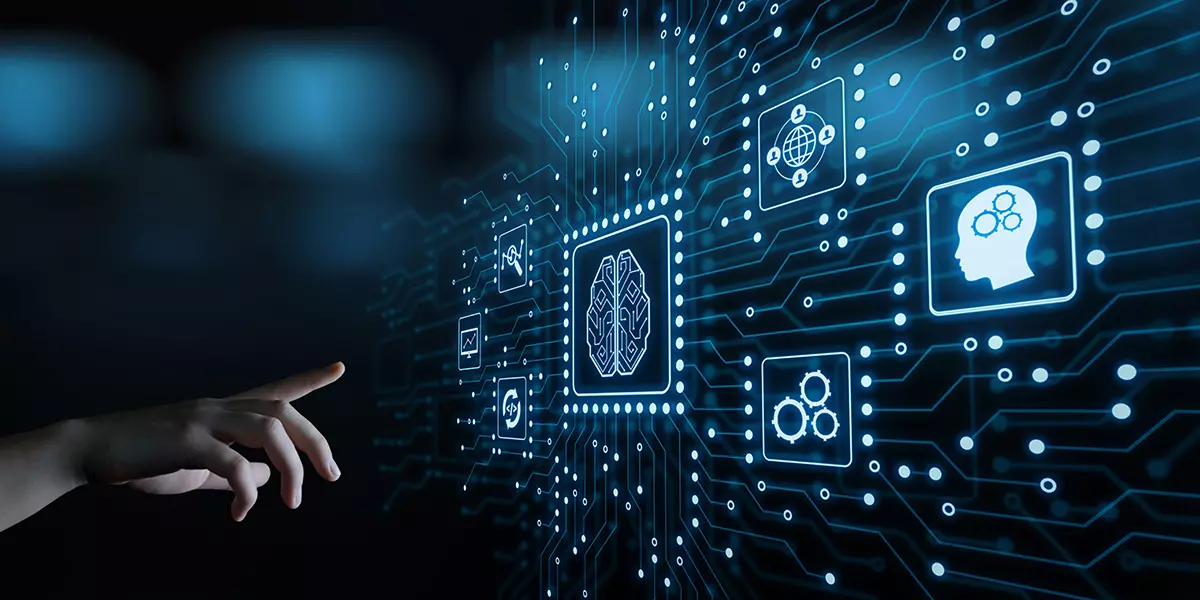Using artificial intelligence to improve therapy following a stroke
Researchers at the ZHAW Institute of Occupational Therapy are working together with various partners to develop a measurement instrument based on webcams and sensors that will contribute to improving therapy provided to stroke patients. To help them in achieving their goal, they are applying deep learning. Participants are still being sought as part of the data collection process.

Nine months ago, Stefan Rast had a stroke. Since then, he has been partially paralysed and is no longer able to fully extend his left arm. In order to grasp objects, he has taken to pulling up his shoulder and bending forwards with his upper body.
Evasive movements as a hurdle to recovery
While the example of Mr Rast may be fictitious, “it is still very apt for people who have suffered a stroke,” says Lena Sauerzopf, a doctoral student at the Institute of Occupational Therapy. “They often unconsciously resort to evasive movements to help them get around their limitations, thus allowing them to function and lead an independent life.” However, doing so can prove problematic in the longer term. Not only can these evasive movements give rise to new complaints such as tension and pain, as experienced by our fictitious patient in his shoulder, for example, but they can also hinder the recovery process. “The actual ‘normal’ movement is bypassed, so to speak, and therefore no longer practised,” says Sauerzopf.
Measuring and quantifying movements
This phenomenon is well known and increasingly supported by studies. Nevertheless, occupational therapists and physiotherapists do not yet have a precise instrument that allows them to recognise and measure these sometimes complex movement deviations. Having such a tool would, however, be important for planning the therapy provided to patients in the aftermath of a stroke and raising the awareness of clients about these movement sequences. Although some rehabilitation clinics do boast fully equipped measurement labs for their research in this area, these laboratories are not accessible or too expansive for widespread therapeutic use.
The goal is to have an inexpensive and mobile measurement instrument for broad-based therapeutic use
Lena Sauerzopf is part of an interprofessional research team that wants to change this. “The desired goal would be a mobile and inexpensive measurement instrument that is affordable for all therapists and which patients can use themselves at home.” To this end, the project partners of the cereneo foundation – Center for Interdisciplinary Research (cefir) are currently collecting data from patients at their sites in Vitznau and Zurich. This involves using conventional webcams to film patients as they bring a drinking cup to their mouths while also collecting additional data using motion sensors, so-called inertial measurement units and accelerometers.
Developing a classifier with deep learning
Sauerzopf and her colleague Dr Martina Spiess, who is heading up the project together with Prof. Andreas Luft from cereneo, will subsequently analyse the collected movement data and assess whether or not evasive movements are present. The evaluated data will in turn serve their partners at the ZHAW School of Management and Law as a basis for using artificial intelligence, or more precisely deep learning, to develop an algorithm that recognises and measures evasive movements. “However, there is still a long way to go before the algorithm will be able to provide a reliable assessment that can be used in everyday therapy,” says Spiess.